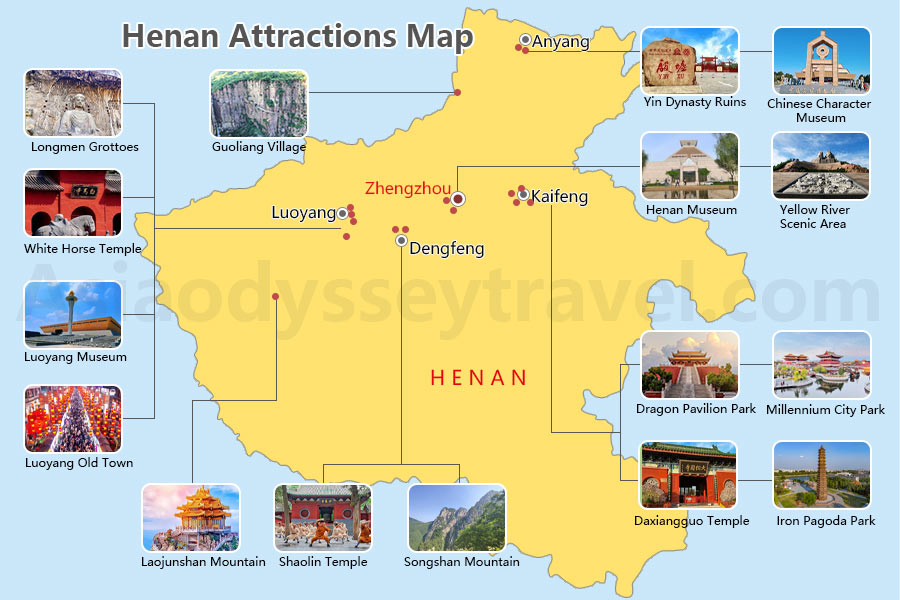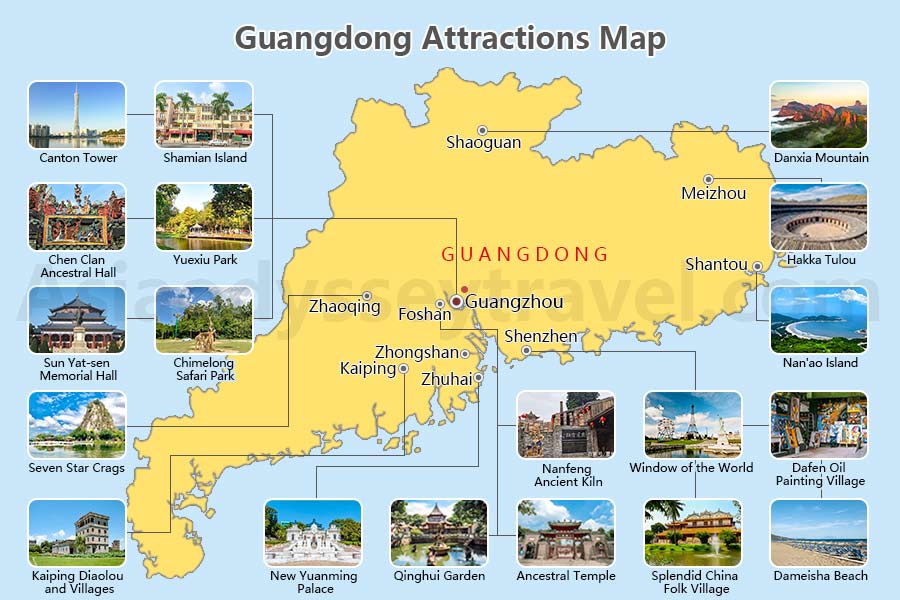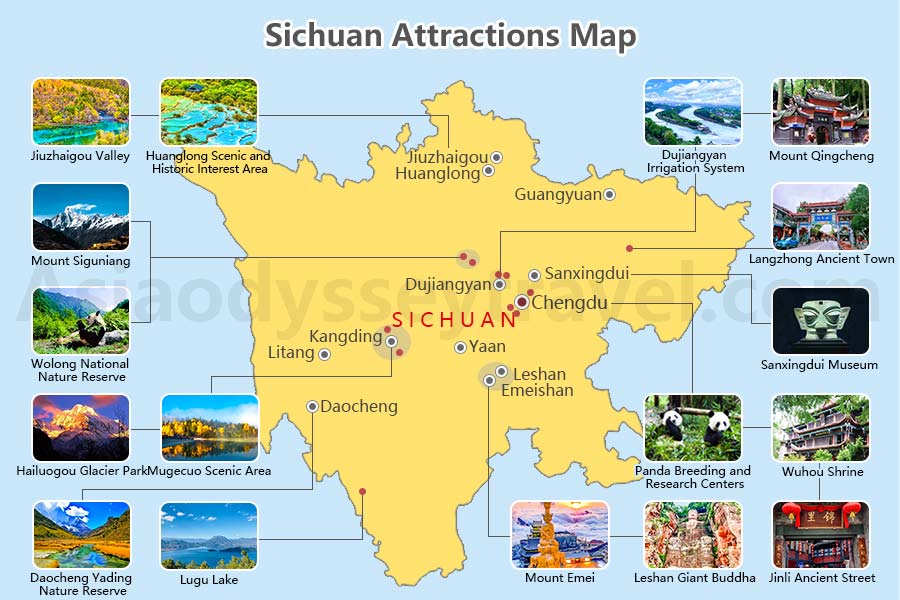Immersing in the Vibrant Colors of Xi’an’s Muslim Quarter

Welcome to jusha.travel, where we dive deep into the heart of China’s diverse travel experiences. If you’re planning a trip to China and craving a flavor of its ancient Silk Road legacy mixed with bustling modernity, Xi’an’s Muslim Quarter is your ultimate destination. Tucked in the Beilin District, right behind the iconic Drum Tower, this neighborhood offers a feast for the senses—a perfect blend of vibrant China culture, street markets brimming with local treasures, and Islamic heritage China that dates back over a millennium. In this post, we’ll explore why the Xi’an Muslim Quarter deserves a spot on your itinerary, sharing tips to help you navigate its colorful lanes and appreciate its rich tapestry. Ready to immerse yourself in this living crossroad of civilizations? Let’s begin!
A Historical Fusion: Tracing the Roots of the Xi’an Muslim Quarter

The Xi’an Muslim Quarter origins trace back to the Tang Dynasty (618–907 AD), when Arab and Persian merchants settled here, establishing what became a thriving Hui Muslim community. This enclave developed into a hub of cultural exchange, known for its “7 mosques and 13 lanes.” Over centuries, the area blended Islamic elements—such as arched gateways, intricate woodwork, and white-walled courtyards—with Ming and Qing dynasty influences, featuring upturned eaves, red walls, and grey tiles on traditional Chinese structures. The Great Mosque remains a architectural marvel, combining Islamic prayer halls with Chinese palace roofs, a testament to harmonious coexistence. Visitors can stroll through historic courtyards and learn about the Hui people’s story as descendants of ancient Silk Road traders. To deepen your understanding of Islamic heritage China, pair your visit with exploring nearby landmarks like the Terracotta Army. Check out our guide to Why Xi’an’s Terracotta Warriors Are Worth the Hype for more on Xi’an’s imperial wonders.
The Breathtaking China Street Markets: From Dawn to Dusk

No tour of the Xi’an Muslim Quarter is complete without diving into its legendary China street markets, a sensory explosion of colors, aromas, and sounds. Spanning streets like Beiyuanmen, Xiyangshi, and Dapiyuan, these markets draw over 20,000 Hui residents and vendors selling handicrafts, textiles, jewelry, and calligraphy. Morning bustle gives way to evening lantern-lit enchantment, where halal eateries flank stalls overflowing with spices and souvenirs. The air fills with the sizzle of kebabs and the chatter of locals and tourists mingling in what one source calls an “exotic yet authentically Chinese atmosphere.” For instance, purchase traditional Hui crafts or sample street food like sizzling kebabs grilled over open flames. Daytime sees busy food stalls; by night, neon signs and lanterns turn the area into a dazzling night market. Extend your market adventure by learning about China street markets across the country—read our post on How China’s Night Markets Offer Food, Fun, and Culture for guidance on safe and enjoyable wandering.
A Culinary Symphony: Feasting on the Xi’an Muslim Quarter’s Vibes

The Xi’an Muslim Quarter reigns as Xi’an’s premier food destination, where vibrant China culture comes alive through a fusion of culinary traditions. Halal must-tries include **Yangrou Paomo** (crumbled flatbread in lamb soup), **Roujiamo** (beef-stuffed buns), and spicy noodles draped in vibrant signs with Arabic and Chinese script. Sellers display dishes openly, their stalls a feast for the senses, while locals perform folk dances or drum routines, adding cultural flair. Don’t miss sesame seed cakes, fried persimmon cakes, or honey glutinous rice—each bite highlights the area’s Islamic-Chinese fusion. Respect customs by trying to eat locally when possible; markets stay lively from 8 am to 11 pm. For broader culinary insights, our article on Top 5 Chinese Dishes You Can’t Miss on Your Foodie Tour offers tips on regional specialties that complement Xi’an’s fare.
Cultural Immersion and Practical Tips for Your Visit


Beyond history and food, the Xi’an Muslim Quarter pulsates with vibrant China culture through live performances like Hui folk dances and drum shows, especially during festivals blending Islamic and Han traditions. Itinerary-wise, spend 2-3 hours exploring: start at the Great Mosque and Beiyuanmen for architecture, then sample foods mid-morning or evening. Respect local Etiquette—remove shoes in places of worship and observe Islamic customs to show cultural sensitivity. Crowds peak on weekends, so visit mid-week; it’s free to enter. For transportation, use metro, bus, or walk from the Drum Tower. Extend your cultural journey with Exploring China: History, Culture, and Modernity to appreciate broader Chinese heritage, or learn cultural Etiquette from Understanding Chinese Customs: Essential Etiquette. Plan ahead for visa logistics—there’s a post on Essential China Travel Tips for a Memorable Journey to ensure smooth entry.
Conclusion: Embracing the Colors of Xi’an’s Muslim Quarter

In wrapping up, the Xi’an Muslim Quarter embodies a living tapestry of Xi’an Muslim Quarter experiences, where ancient Islamic heritage China dances with modern China street markets and vibrant China culture. From architectural wonders and bustling lanes to mouthwatering halal delights, this enclave offers an unforgettable immersion into China’s diverse soul. Here at jusha.travel, we love sharing tips to make your China journey unforgettable—whether it’s cultural festivals or tech-enhanced explorations. Before you book your trip, explore our guide to Exploring Chinese Festivals: A Guide to Vibrant Cultural Celebrations in China for timing your visit around local events. What’s your take on Xi’an’s charms? Share in the comments, visit jusha.travel for more inspiration, or dive into related posts like sustainable transportation tips for your travels! Safe journeys! (1,150 words)

